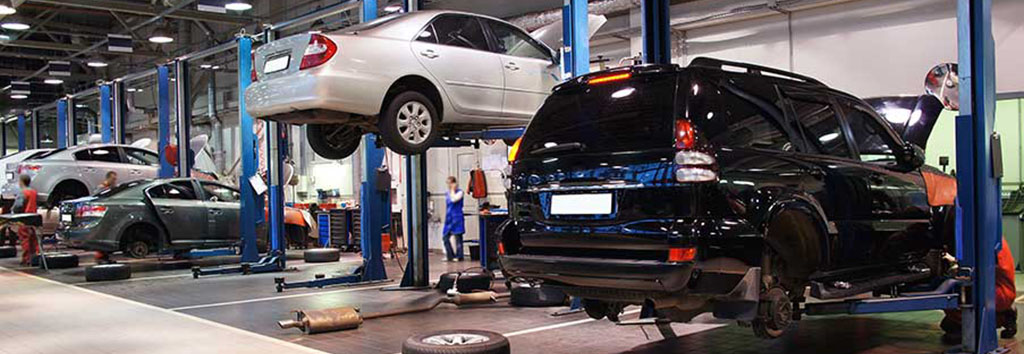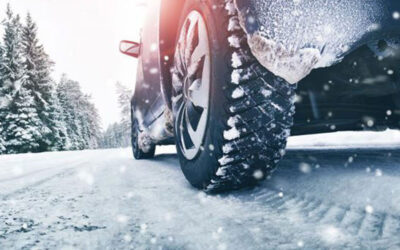
The preliminary list of OSHA’s Top 10 Violations for the Fiscal Year of 2017 looks almost identical to recent years. You will find a piece briefly addressing each listing starting at number 10, Electrical–Wiring Methods, and working up to number; 1 Fall Protection. The top 10 is shown below.
- Fall Protection – General Requirements (1926.501): 6,072 violations
- Hazard Communication (1910.1200): 4,176
- Scaffolding (1926.451): 3,288
- Respiratory Protection (1910.134): 3,097
- Lockout/Tagout (1910.147): 2,877
- Ladders (1926.1053): 2,241
- Powered Industrial Trucks (1910.178): 2,162
- Machine Guarding (1910.212): 1,933
- Fall Protection – Training Requirements: 1,523
- Electrical – Wiring Methods (1910.305): 1,405
The OSHA electrical standards are based on the National Fire Protection Association’s standard NFPA 70E, Electrical Safety Requirements for Employee Workplaces, and the NFPA 70 Committee derived Part I of their document from the 1978 edition of the National Electrical Code (NEC). It follows that the electrical hazard is a workplace safety and fire prevention issue. Citations typically include:
- Improper use of extension cords or flex wiring.
- Overloading fuses or circuit breakers.
- Use of tools or equipment with damaged cords
Improper use of extension cords or flex wiring is one of the most common issues I have seen when surveying a business. If heavy or extra heavy cords are needed for temporary purposes and you inspect them every time before you use them, then extension cords are acceptable. All of the following are miss uses.
- A substitute for permanent wiring.
- Plugging an extension cord or power surge protectors into another (Daisy-Chaining).
- Using them as a converter for three-pronged (grounded) equipment or tools.
- Any splices unrepaired or repaired with electrical tape.
- On the ground or anywhere else where subject to a pinch point or sat on by weight.
- Overloading a surge protector designed for light home or computer use.
- The use of portable heating devices seems to attract all of the above.


